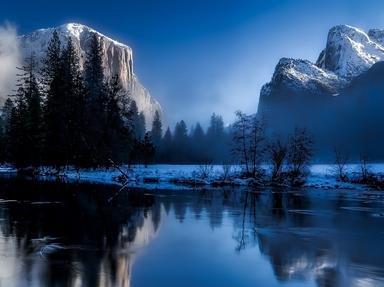
Just a Day In January Trivia Quiz
Events which happened on January 28
Here's a list of ten events, births, and deaths which occurred on January 28. Can you place them in order by year?
An ordering quiz
by MariaVerde.
Estimated time: 3 mins.

| What's the Correct Order? | Choices |
| 1. (814) | Death of Charlemagne |
| 2. (1547) | Edward VI becomes King |
| 3. (1724) | Challenger disaster occurred |
| 4. (1813) | Birth of poet Jose Marti |
| 5. (1853) | Russian Academy of Sciences founded |
| 6. (1902) | "Pride and Prejudice" published |
| 7. (1939) | Death of poet William Butler Yeats |
| 8. (1960) | Flag of Canada chosen by Parliament |
| 9. (1965) | Death of author Zora Neale Hurston |
| 10. (1986) | Carnegie Institution of Science founded |